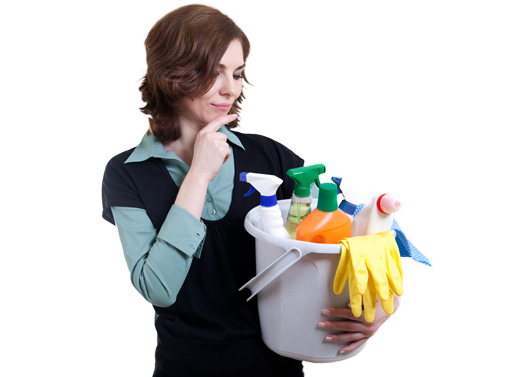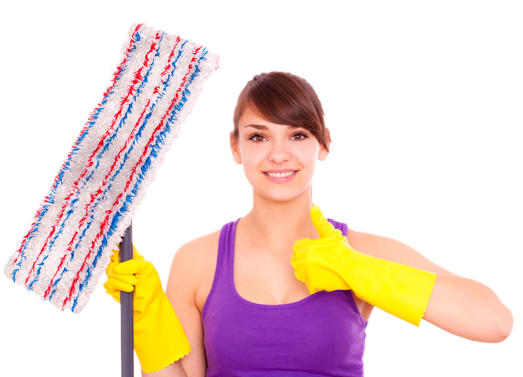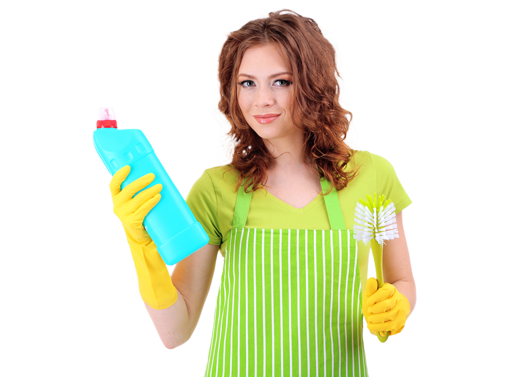Tips for Maintaining a Mold-Free Bathroom
Posted on 07/10/2025
Mold is not only an eyesore in your bathroom--it can also pose serious health risks and damage your property. Bathrooms, with their persistent moisture, warmth, and limited ventilation, provide the perfect conditions for mold growth. Keeping your bathroom mold-free might seem challenging, but with the right preventive measures and consistency, you can banish mold for good. In this comprehensive guide, we'll share expert tips for maintaining a mold-free bathroom, helping you create a clean, healthy, and fresh-smelling space.
Understanding Mold & Why Bathrooms Are Susceptible
Before we get into practical solutions, it's important to understand why mold thrives in bathrooms. Mold is a type of fungus that grows in damp, humid environments. Bathrooms, no matter how often you clean, are naturally humid due to steamy showers, baths, and frequent use of water. Mold spores are everywhere, but they become a problem when they find moisture and organic material (like dust, skin cells, or soap scum) to feed on.
- Poor Ventilation: Many bathrooms do not have windows or do not use fans effectively, allowing moisture to linger.
- High Humidity Levels: Showers and baths significantly increase humidity, often exceeding the 60% threshold where mold can thrive.
- Standing Water: Water on floors, in grout, or in sinks and tubs provides the perfect moisture source for mold colonies.
By tackling these three primary concerns--ventilation, humidity, and standing water--you can implement an effective mold prevention strategy for your bathroom.
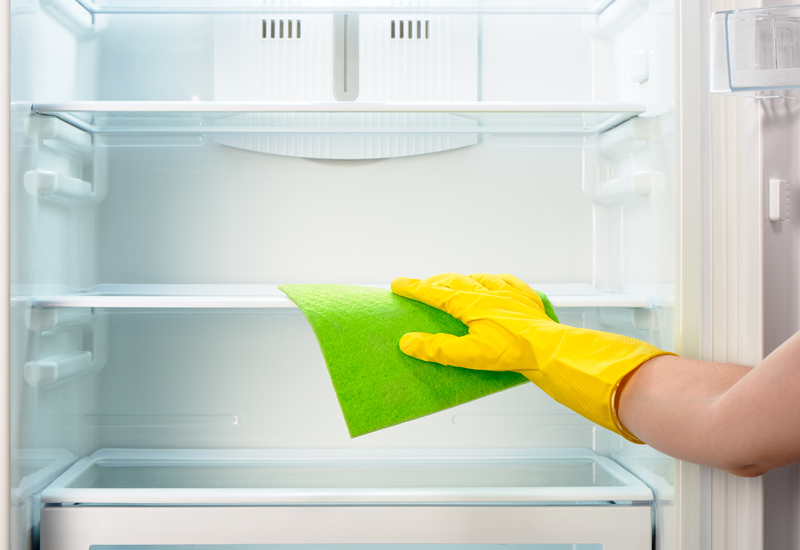
Simple and Effective Steps to Prevent Bathroom Mold
1. Enhance Ventilation
Proper airflow is vital to maintain a mold-free bathroom. Here's how to improve ventilation:
- Install and Use Exhaust Fans: Always turn on the exhaust fan during showers and baths. Let it run for at least 20-30 minutes afterward to ensure all humid air is removed.
- Open Windows: If possible, crack open a window during and after bathing to allow moisture to escape.
- Leave Doors Open: After using the bathroom, leave the door open to increase air circulation and speed up drying.
2. Manage Bathroom Humidity
Keeping humidity under control is one of the most critical tips for a mold-proof bathroom. Aim to maintain humidity levels below 60%, ideally around 40-50%.
- Use a Dehumidifier: If your bathroom struggles with ventilation or consistently feels damp, consider a small portable dehumidifier.
- Monitor Humidity: Place a hygrometer in your bathroom to track humidity levels easily. Take action if they creep too high.
- Fix Leaks Quickly: Address any leaks from shower fittings, sinks, or pipes--persistent leaks are major mold contributors.
3. Keep Surfaces Clean and Dry
Daily cleaning habits go a long way toward stopping mold in its tracks:
- Squeegee After Showers: Use a squeegee to wipe down tiled walls, glass doors, and the tub itself to remove moisture and soap residue.
- Wipe Up Spills: Whether it's around the sink, tub, or floor, promptly mop up any standing water.
- Clean Regularly with Mold-Preventing Products: Clean bathroom surfaces weekly with an anti-bacterial, mold-inhibiting cleaner, or make your own by mixing white vinegar and water.
4. Utilize Mold-Resistant Materials & Fixtures
Building or renovating a bathroom? Prioritize mold-resistant materials:
- Opt for Mold-Resistant Paint: Use paints specifically formulated to inhibit mold growth--especially on ceilings and walls above showers.
- Upgrade to Mold-Resistant Drywall: Also called "green board," this drywall resists water absorption and inhibits mildew.
- Seal Grout and Tiles Annually: Grout is highly porous--seal it to prevent moisture and mold from penetrating.
- Choose Non-Porous Fixtures: Glass, porcelain, and metal fixtures are less likely to harbor mold than wood or unsealed stone.
5. Declutter & Allow for Air Circulation
More stuff means more surfaces for mold to grow and less airflow:
- Reduce Items in the Shower: Bottles, loofahs, and toys can trap moisture underneath. Limit the number of products and regularly wash and dry all accessories.
- Hang Up Towels and Mats: Always hang towels, bath mats, and washcloths to dry fully after use, and launder them regularly with hot water.
- Move Furniture Away from Walls: If you have vanities or storage units, make sure they aren't pressed right against walls where moisture can become trapped.
6. Promptly Repair Caulk and Grout
Cracked or missing caulk/grout can allow water to seep behind tiles, leading to hidden mold growth:
- Inspect Caulk Lines: Check around tubs, sinks, showers, and windows for any cracks or gaps. Remove and replace old or failing caulk as soon as possible.
- Re-grout Tiles: Fresh grout not only looks great but also helps keep water out of the walls and floors.
The Best Cleaning Practices for a Mold-Free Bathroom
Using Natural Mold Killers
Store-bought cleaners are effective, but you can also use eco-friendly methods to keep your bathroom mold-free:
- Vinegar: Spray distilled white vinegar directly on problem areas, let sit for 30-60 minutes, then scrub and rinse.
- Baking Soda: Mix with water to make a paste for scrubbing residues and grout stains.
- Hydrogen Peroxide: Kills mold on surfaces--spray 3% solution, leave for 10 minutes, then wipe clean.
Weekly Bathroom Cleaning Routine
A regular cleaning schedule is essential. Here's what you should do weekly:
- Clean Showers and Tubs: Wipe completely with a mold-fighting cleanser.
- Scrub Tiles and Grout: Use a stiff brush to remove any soap scum or mildew buildup.
- Sanitize Sinks and Faucets: Pay attention beneath the taps and around drains where mold often starts.
- Wash Mats and Towels: Use hot water and dry thoroughly before putting back in the bathroom.
- Empty Trash Bins: Damp trash and tissues can quickly attract mold.
Early Signs of Bathroom Mold & What to Do
Even with preventive efforts, small amounts of mold can appear, especially in grout lines, caulk, or corners. Spotting mold early is crucial.
- Look for Discoloration: Mold often appears as black, green, pink, or orange spots or streaks on tiles and walls.
- Notice Musty Odors: An earthy, musty smell is often the first sign before mold becomes visually apparent.
- Test Damp Areas: Bleach or hydrogen peroxide on a cotton swab will turn moldy spots lighter, confirming the presence of mold.
If you detect an infestation:
- Clean Small Areas Promptly: Use a recommended mold killer and scrub with a stiff brush.
- For Larger Areas, Call Professionals: If mold covers more than 10 sq ft, consider professional remediation for safety.
- Address the Underlying Problem: After removal, determine what caused the mold and fix it to prevent recurrence.
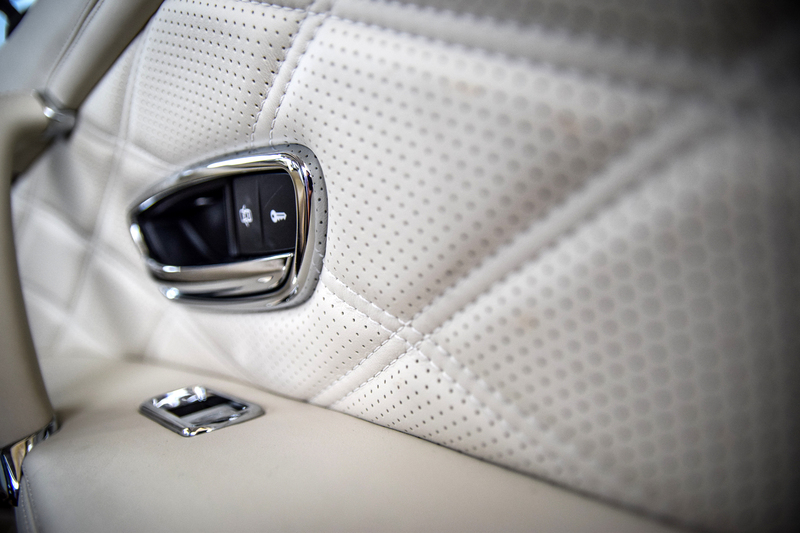
Frequently Asked Questions About Mold-Free Bathrooms
How often should I deep-clean my bathroom to prevent mold?
In addition to daily habits, aim to deep-clean every week and perform a full inspection and caulk/grout touchup at least every 6 months.
Is bleach the best cleaner for bathroom mold?
Bleach is effective on non-porous surfaces but doesn't penetrate porous materials (like grout) well. For tough stains, combine or alternate bleach with vinegar or hydrogen peroxide, but never mix them together.
What humidity level is ideal for a mold-free bathroom?
Keep the bathroom's humidity below 60%, ideally between 40-50%. Use a humidity gauge and dehumidifier if needed.
Is it safe to use essential oils for mold removal?
Some essential oils (like tea tree, eucalyptus, and clove) have antifungal properties and can supplement your cleaning routine, but they are not a complete solution for serious mold problems.
Final Thoughts: Keep Your Bathroom Mold-Free for Good
Maintaining a mold-free bathroom is all about consistency and attention to detail. By following these bathroom mold prevention tips--improving ventilation, managing humidity, cleaning regularly, and repairing damage--you can protect your bathroom and your health. Build these routines into your cleaning schedule, use the right materials and products, and act quickly when you spot early warning signs. A fresh, sparkling clean, and mold-resistant bathroom is entirely within reach when you make prevention a priority!
Start implementing these tips today and enjoy a healthier, safer, and more beautiful bathroom for years to come.


